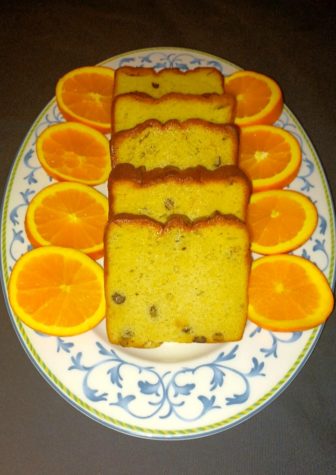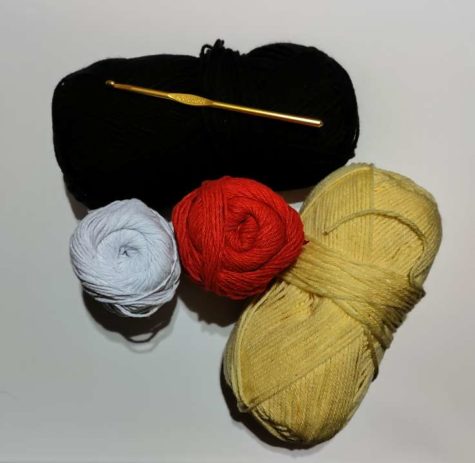The uncertainty of the pandemic has caused an increase in feelings of stress and anxiety for students all over the world. To combat this negativity, here are three ways students can destress from home in order to improve their mental wellness.
1. Baking
Baking saw a spike in popularity at the beginning of the pandemic. Celebrities, such as Jenna Fischer, baked sourdough bread and shared their results on social media, creating a trend. Now, students are baking their own bread, cookies, cupcakes, and more.
Third-year CSULB English literature and composition major Angeles Carbajal Betancourt recently acquired an interest in baking, and she has been pleased with the result of her new hobby.
“Baking has helped me focus and it has really helped with my mental health, especially over winter break,” Carbajal Betancourt said. “I’ve enjoyed being able to create something positive even when I’m feeling stressed or overwhelmed.”
Students interested in baking can try easy recipes, such as chocolate chip cookies or banana bread. These recipes will allow students to unwind by creating a positive, delicious product they are able to share with loved ones.

2. Crocheting
Another activity young adults have been pursuing in order to combat stress is crocheting. Crocheting has been proven to relieve feelings of anxiety because the activity requires repetitive movements. According to the Anxiety Resource Center, repetitive movements release serotonin, which helps stabilize moods.
Further, according to a 2016 study in the Journal of Positive Psychology, participating in creative tasks such as crocheting or knitting can have a positive effect on young adults. By putting energy into one creative activity daily, students can decrease their feelings of stress and anxiety, which will help to keep them focused and optimistic.

3. Journaling
Last but not least, one activity that has been very popular among teens and young adults in recent years is journaling. Whether it is through bullet journaling, gratitude journaling, or illustrated journaling, this activity allows people to express their thoughts and emotions on a page. Journaling can be an outlet for negative thoughts to be released, reducing stress and inspiring personal and emotional growth.
Freshman liberal studies major Sophia Young began bullet journaling as a recommendation from her therapist. As a result of journaling, Young has become more patient and focused.
“Journaling helps me unravel my thoughts and create clear plans without feeling overwhelmed,” she said. “It’s an efficient way to see your thoughts, devise goals, plan for the day, or destress when your head feels cluttered.”
Also, low cost is one of the many benefits of journaling, as the only true requirements are pencil and paper. There are a variety of prompts for beginners that can improve mental wellness, including journaling about future goals, writing about things to be grateful for, and listing different emotions.

By focusing energy on addressing goals and feelings, it can become easier to handle negative emotions and reduce stress.
During uncertain times, it can be hard to step back and take moments to relax. However, an activity as easy as picking up a pencil to write about the day or baking a tray of chocolate chip cookies can help manage stress and drastically improve mental health.




